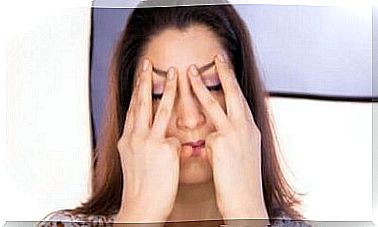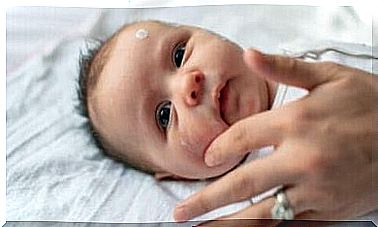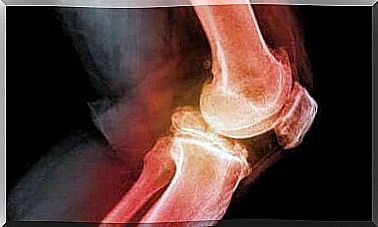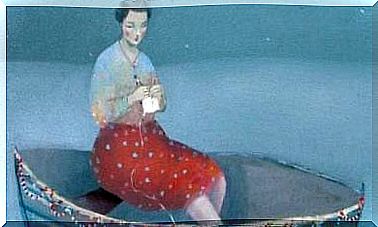Meckel’s Divertikkel: This You Should Know
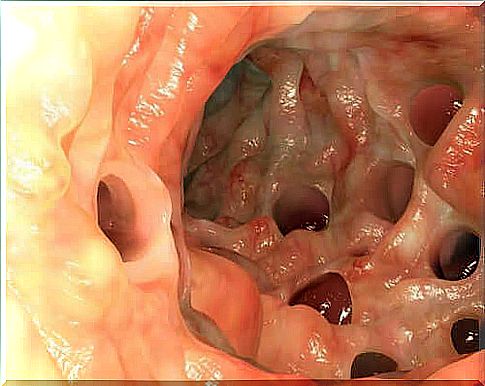
Meckel’s diverticulum is a birth defect in the gastrointestinal tract. It is caused by an embryological developmental change in the period between the fifth and seventh week of pregnancy.
The incidence of this problem is between 0.3 and 3%. On average, only 2% of the population has Meckel’s diverticulum, but the symptoms manifest in around 5 to 7% of patients. Most cases are therefore asymptomatic.
This problem was first described by Johann Friedrich Meckel in 1809. It has the same incidence in men and women. However, complications are three to four times more common in men. It is diagnosed more often in children than in adults.
Meckel’s diverticulum
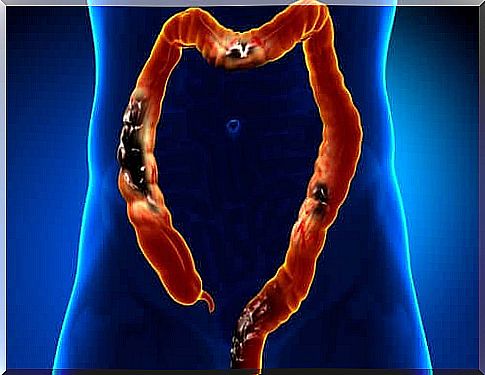
Meckel’s diverticulum is a small bulge that develops in someone’s small intestine. During fetal development, the foregut (duodenum) communicates with the yolk sac through a channel called the yolk sac.
As the embryo develops, both the yolk sac and foregut disappear. In a small part of the population, however, a remnant of the plum stalk remains.
Sometimes Meckel’s diverticulum also has a small canal. This is the plum stalk, a fibrous strand that connects the diverticulum and the navel to each other.
Only in rare cases will a umbilical fistula or yolk sac cyst manifest itself. An umbilical cord fistula is a direct communication between the intestines and the navel, allowing feces to pass through the navel. A double yolk sac is a pouch located below the navel.
The main characteristics
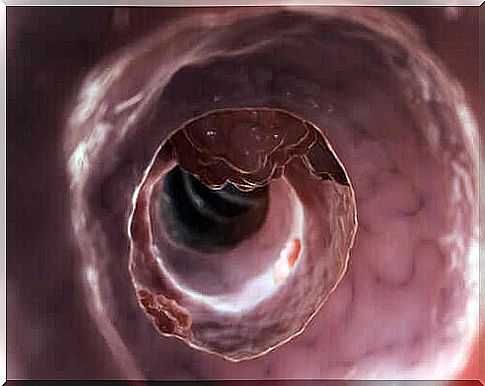
Meckel’s diverticulum consists of the same three layers that make up the small intestine. These are mucous membranes, submucosa and muscularis propria. It is a true diverticulum if it has three layers, since false diverticula have only the first two layers.
It is located in the antimesenteric border of the ileum and usually has a length of between 5 to 10 cm. It can reach a diameter of 2.5 cm. It usually receives irrigation from a remnant of the vitellina artery or the superior mesenteric artery .
Remains of ectopic, colon, pancreatic and duodenal gastrointestinal mucosa, as well as hepatobiliary tissue and Brunner’s glands, are common. It is also common for it to have endometrial tissue on the tip.
Manifestations
Meckel’s diverticulum can cause complications, usually in the first years of a child’s life. 60% manifest before the child is ten years old, but the risk of symptomatic individuals’ complications is 4 to 6%.
Bleeding is the most common complication. Experts usually associate this with gastric ulcer disease in the gastric mucosa. It generally manifests itself at the age of two, and the symptoms are painless bloody stools. Another common complication is also abdominal pain.
Approximately 20% of patients develop diverticulitis, which is indistinguishable from appendicitis clinically. Intestinal obstruction occurs in 40% of cases. Between 0.5 and 3.2% of patients develop tumors, but they are usually benign.
Other interesting facts about Meckel’s divertikkel
Meckel’s diverticulum is difficult to diagnose because the symptoms are similar to many other diseases. Thus, it is common for medical professionals to request tests to confirm the diagnosis, such as a colonoscopy, a tummy tuck with technetium, or wireless capsule endoscopy.
If you experience bleeding or intestinal obstruction, surgery may be performed to remove the diverticulum. The operation allows the specialist to remove it, as well as the intestinal areas that surround it. This is done by traditional or laparoscopic surgery.
Surgery to treat Meckel’s diverticulum is very safe and rarely causes complications. Most patients recover completely after the operation and never suffer from this problem again.


